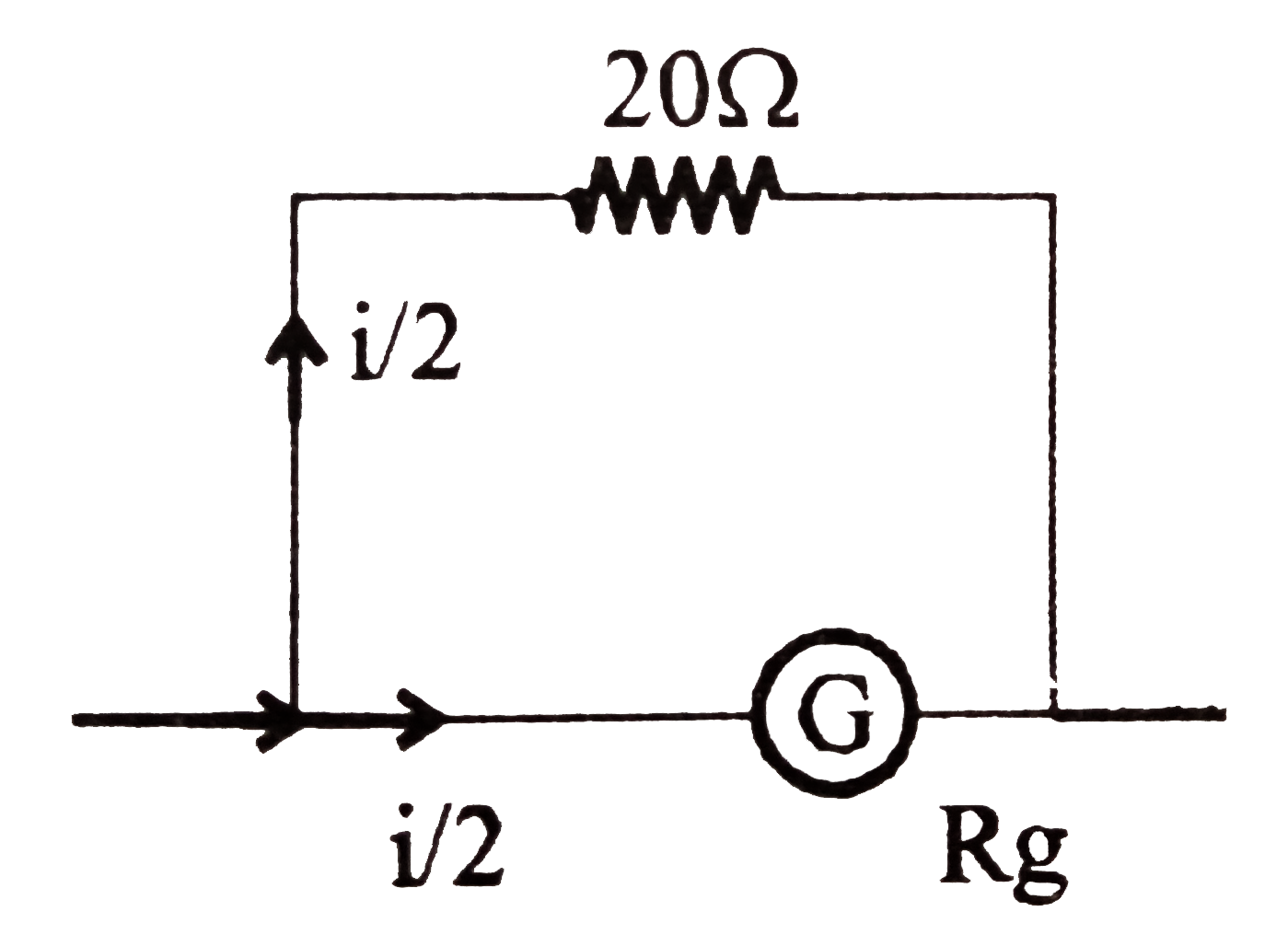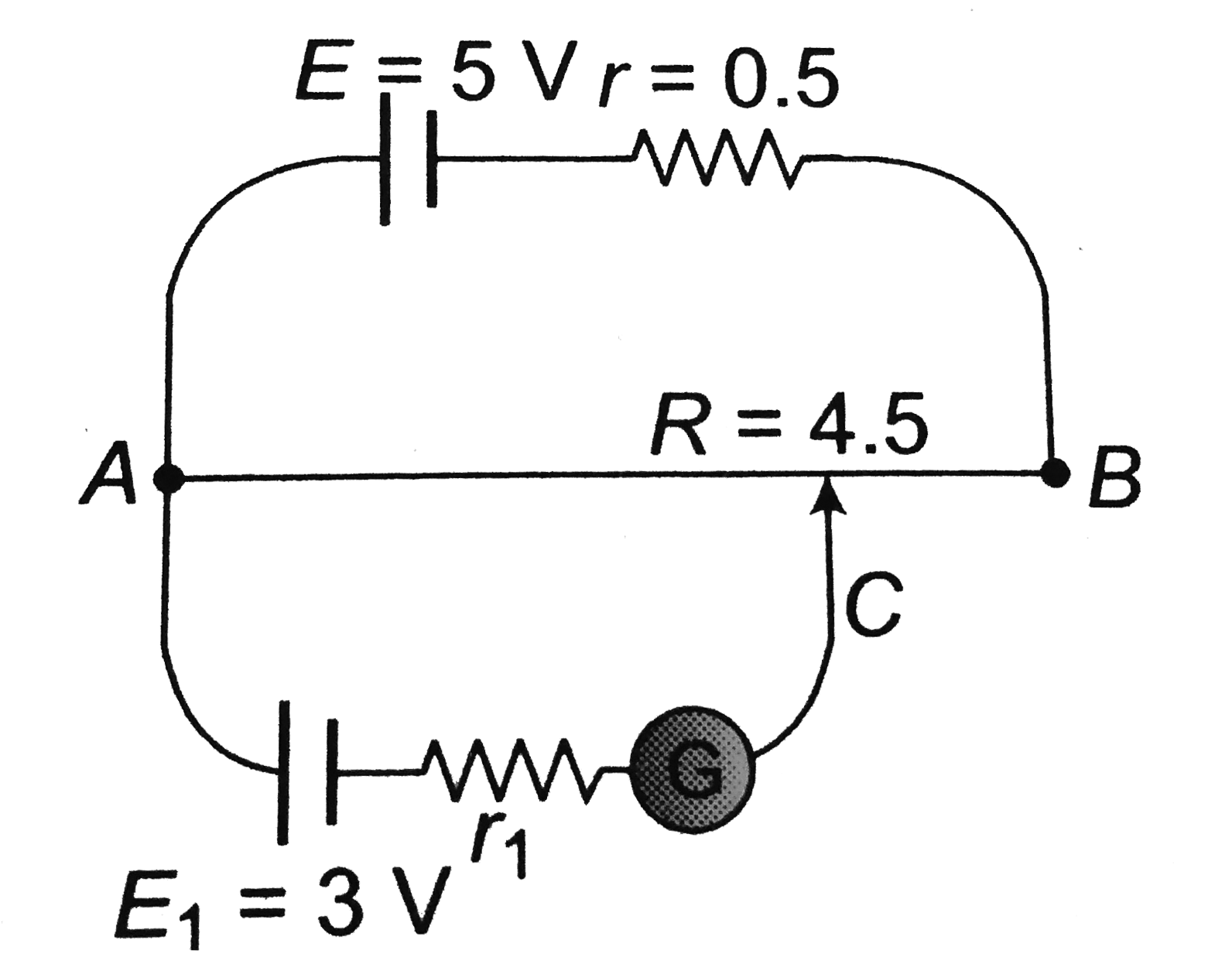Two tangent galvanometer have redii 7.5cm and 10cm, number of turns are 15 and 10 and resistances are 8Ω and 12Ω. They are joined in parallel in circuit. If deflection in one is 60∘ the deflection in second galvanometer is :
Step by step video & image solution for Two tangent galvanometer have redii 7.5 cm and 10 cm, number of turns are 15 and 10 and resistances are 8 Omega and 12 Omega. They are joined in parallel in circuit. If deflection in one is 60^(@) the deflection in second galvanometer is : by Physics experts to help you in doubts & scoring excellent marks in Class 12 exams.
Updated on:21/07/2023Topper's Solved these Questions
- MAGNETISMBook:SL ARORAChapter:MAGNETISMExercise:Problems From Competitive Examinations
Explore 13 Videos
- MAGNETISMBook:SL ARORAChapter:MAGNETISMExercise:Based on Coulomb s law and dipole moment of a magnet
Explore 5 Videos
- MAGNETIC EFFECTS OF CURRENTBook:SL ARORAChapter:MAGNETIC EFFECTS OF CURRENTExercise:TYPE C
Explore 4 Videos
- OPTICAL INSTRUMENTSBook:SL ARORAChapter:OPTICAL INSTRUMENTSExercise:Problems for self practice
Explore 35 Videos
Similar Questions
Two tangent galvanometers A and B have coils of radii 8cm and 16cm respectively and resistance 8ohm each. They are connected in parallel to a cell of emf 4V and negligible internal resistance. The deflections produced are 30∘ and 60∘ respectivley. A has 2 turns. What is the number of turns in B?
View SolutionThe resistance of the four arms of a Wheatstone bridge are P=10Ω , Q = 100Ω, R=40Ω and S =10Ω. What resistance in series or parallel with the last one will be required to obtain no deflection in the galvanometer?
View Solution
Knowledge Check
In a galvanometer, the deflection becomes one half when the galvanometer is shunted by a 20Ω resistance is
 A5ΩB10ΩC40ΩD20Ω
A5ΩB10ΩC40ΩD20ΩIn the given potentiometer circuit length of the wire AB is 3m and resistance is R=4.5Ω. The length AC for no deflection in galvanometer is
 A2mB1.8mCdependent on r1DNone of these
A2mB1.8mCdependent on r1DNone of theseA galvanometer of resistance 100Ω gives the full scale deflection for a current of 10 m A. If a resistance of 1Ω is connected in parallel to the coil of the galvanometer , then maximum current that can be measured with the galvanometer will be
A1.01AB1.11AC10.1AD0.01A
A galvanometer having 50 divisions provided with a variable shunt S is used to measure the current when connected in series with a resistance of 90Ω and a battery of internal resistance 10Ω. It is observed that when the shunt resistances are 10Oemga and 50Ω, the deflections are, respectively, 9 and 30 divisions. What is the resistance of the galvanometer
View SolutionA galvanometer vaving 50 divisions provided with a variable shunt S is used to measure the current when conneted in series with a resistance of 90Ω and a battery of internal resistance 10Ω. It is observed that when the snt resistaces are 10Ω&70Ω respectively, the deflection are respectively 9 and 30 dividions. What is the resistance of the galvanometer ? Further, if the full scale deflection of the galvanometer movement require 200 mA. find the emf of the cell.
View SolutionA cell having an emf of 2 V and internal resistance of 0.5Ω is sending current through a tangent galvanometer of resistance 4.5Ω. If another external resistance of 95Ω is introducedm the deflection of the galvanometer is 45∘ , calculate the reduction factor fof the galvanometer?
View SolutionA battery of emf 12 V and internal resistance 2Ω is connected in series with a tangent galvanometer of resistance 4Ω . The deflection is 60∘ when the plane of the coil is along the magnetic meridian . To get a deflection of 30∘, the resistance to be connected in series with the tangent galvanometer is
View SolutionWhen a 12Ω resistor is connected with a moving coil galvanometer, then its deflection reduces form 50 divions to 10 divisions. The ressitance of the galvanometer is
View Solution
